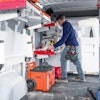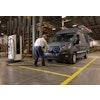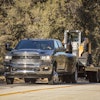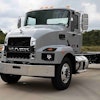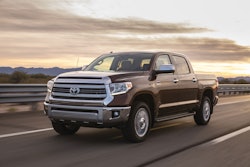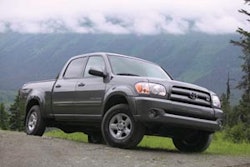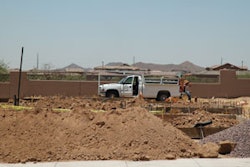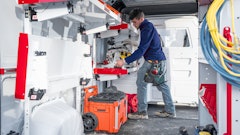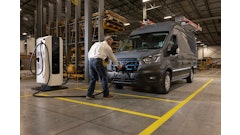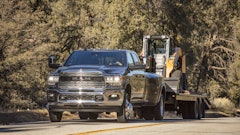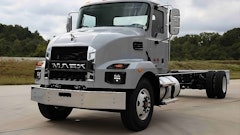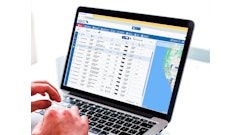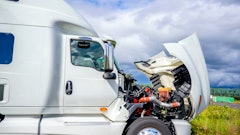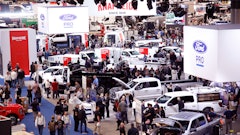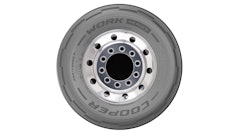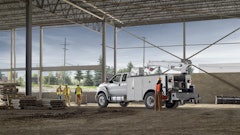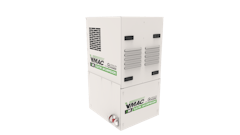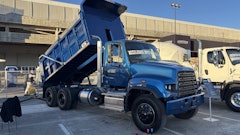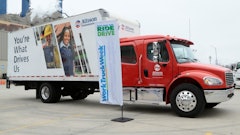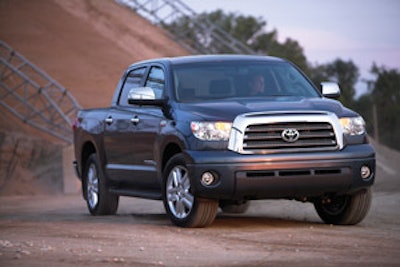
Toyota has officially released specifications on its all-new Tundra full-size pickup truck. Larger in every dimension than the model it replaces, the 2007 Tundra is available in 31 model configurations and with a choice between 4x2 and 4x4 drivetrains. Additional choices in cab styles, wheelbases, bed lengths, engines and trim enable you to customize the vehicle to your specific applications and tastes.
Style and power
Three cab styles are available: Regular Cab, four-door Double Cab and the four-door CrewMax with added rear-seat legroom. The Regular Cab comes in DX trim level and can be upgraded to SR5 with an option package. The Double Cab and CrewMax come in SR5 and Limited trim levels. Available user technology includes Bluetooth cell phone compatibility, high-end JBL audio and a navigation system that integrates a wide-screen rear backup camera.
In Regular and Double Cab models, a standard 4.0-liter V6 delivers 236 hp at 5,200 rpm and 266 lb.-ft. of peak torque at 4,000 rpm. The mid-grade option for these models, and standard powerplant for the CrewMax, is an enhanced version of the 4.7-liter iForce V8. It produces 271 hp at 5,400 rpm and 313 lb.-ft. of peak torque at 3,400 rpm. Both engines are teamed with a five-speed automatic transmission with updated flex lock-up torque converter.
Also available is the all-new 5.7-liter iForce V8. In addition to generating 381 hp at 5,600 rpm, this engine's long-stroke configuration enables it to unleash 401 lb.-ft. of peak torque at 3,600 rpm. The iForce 5.7 V8 is teamed with a six-speed automatic transmission featuring shift logic, which adapts the shift maps to driver input.
Strength and safety
Regular Cab and Double Cab models come with a 78.7-in. standard bed or 97.6-in. long bed. The CrewMax has a 66.7-in. short bed.
Three wheelbase offerings include: 126.8 in. for Regular Cab/standard bed models; 145.7 in. for Regular Cab/long bed, Double Cab/standard bed and CrewMax models; and 164.6 in. for Double Cab/long bed models.
The vehicles' composite design chassis uses wide, fully boxed frame rails for the front half and rolled C-channel members for the rear half. Top- and bottom-flange reinforcements under the cabin area reduce bending in a major frontal impact.
The double A-arm front suspension uses coil-over spring/shock units. The rear suspension has staggered shocks that are mounted outboard of the leaf springs to improve dampening efficiency. Spring rates have been tuned to provide a flat vehicle stance when fully loaded, and the spring "toe-out" mounting improves towing stability.
All models include the STAR safety system as standard equipment. The system features ABS, Electronic Brake-force Distribution (EBD), Brake Assist (BA), Vehicle Stability Control (VSC) and Traction Control (TRAC). In addition, the pickups include front and rear seat side and roll-sensing side curtain airbags, three-point seat belts and adjustable headrests for all seating positions.
Traction and towing
The Automatic Limited-slip Differential (A-LSD) on the Tundra provides computer-controlled cross-axle torque management that permits some wheel spin where needed. This ensures better acceleration in deep sand or mud and on low- or mixed-friction surfaces.
For more demanding conditions, 4x4 configurations have a part-time, shift-on-the-fly four-wheel-drive system featuring a six-pinion planetary reduction gearset to provide High and Low ranges. The driver selects the drive mode via a dial on the dash.
A Tow Package is available on all iForce V8 models and is standard on Double Cab long bed models. The package delivers up to a 10,800-lb. towing capacity, depending on the model and drivetrain (see specs at left). When added to the 5.7-liter Tundra, the six-speed automatic transmission gains a Tow/Haul shift mode. This mode applies specific logic for transmission upshift and downshift control, favoring and holding lower gears when accelerating or decelerating for enhanced driver control and safety.
